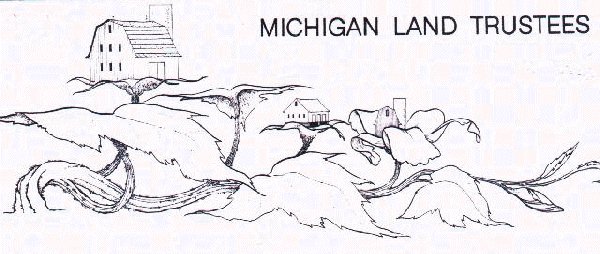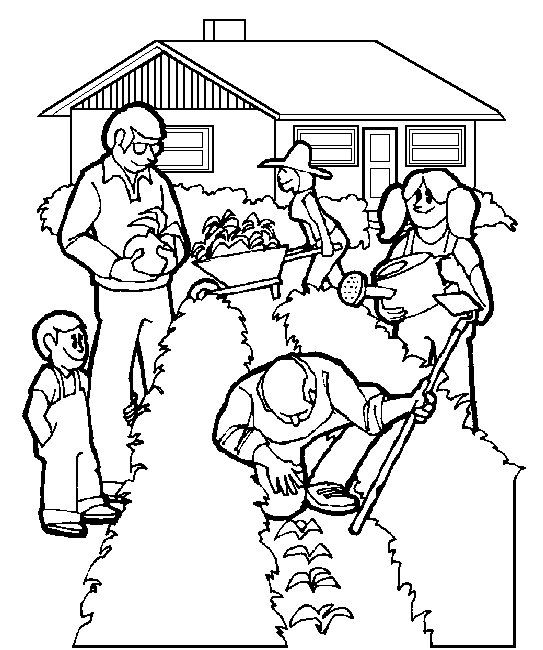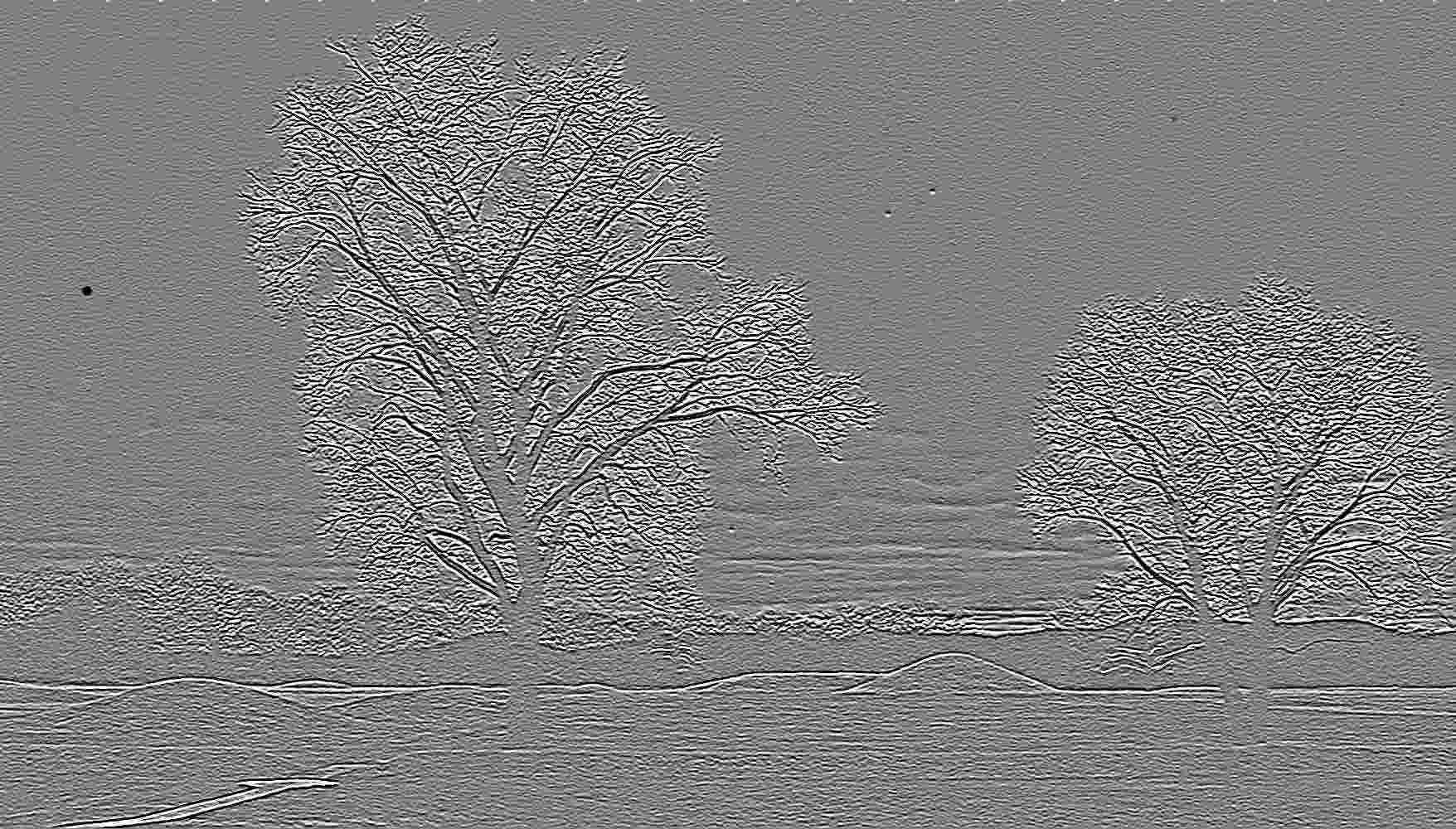
MLT Newsletter

Working weekends, I have been unable to attend the Community Harvest Festival that occurs on a Saturday in September every year. So I'll have to take Dennis's word for how good it is!
4th Year Plan for Community Harvest Festival
The 3rd annual Southwest Michigan Community Harvest Fest celebrated local food and farming with record attendance. The event, held at Tillers International east of Kalamazoo is one of at least four organic harvest festivals held around the state last fall.
A beautiful sunny fall day warmed attendees around and under large tents set-up near the active blacksmith shop at Tillers. Many people cited the diverse local live musical and performance acts as to why they came. Others said visiting with the many local farmers, artists, businesses and organizations. While still others were interested more in the informative workshops held throughout the day.
Harvest Fest planning committee members would like to thank all who volunteered to make the event a success. They also would like to thank the sponsors which were B & B organics, Kalamazoo Community Foundation, Michigan Organic Food and Farm Alliance, People's Food Coop of Kalamazoo, Broughton Music Center and Food Dance Café.
Planning committee members say the 4th Fest is planned for Sunday, September 17, 2006. Put this great event on your fall calendar and celebrate local food and farming with your community.
Dennis Wilcox
Michigan Food Policy Council
Listening Session - Grand Rapids - Dec. 7, 2005

Issues and Recommendations presented by Ken Dahlberg
Citizens’ Network for Michigan Food Democracy
Introduction:
I'm here on behalf of the Citizens Network for Michigan Food
Democracy. We are an emerging grassroots group that seeks to give
voice to the many citizens, small groups, and organizations around
the state that seek long-term alternatives which will provide all
residents with food security, make our food and farming systems more
sustainable, and promote healthier communities and local economic
development. To serve as a frame of reference or touchstone for these
diverse efforts, we have prepared a 2025 Vision Statement for
Michigan Food and Farming. I have copies with me for those
interested. It is also available on the web at mifooddemocracy.org.
I’d now like to present five key needs we have identified along with the initial steps we recommend to the Food Policy Council to address them.
First, It is crucial that Michigan continue to have a body which can pursue the long-term needs of Michigan's food and farming systems. It is also crucial that over time a strong partnership between the Food Policy Council and civil society is built.
We
recommend that the non-profit community, local groups, and the
Food Policy Council work together to ensure that upon the expiration
of its current term, the Food Policy Council be institutionalized,
funded, and given a long-term mandate.
Second, Michigan must become more food secure. While Task Force B is making progress on “improving access to fresh and healthy foods,” there is another newly visible dimension to food security that needs attention: the need to develop plans for emergency food provision during disasters. The victims of Katrina suffered not only from the storm, but from a lack of local food reserves.

We
recommend that the Food Policy Council create an inter
agency task force to lead a broadbased planning effort to
create a network of decentralized emergency food reserves - starting
with farmers, community gardeners, households, local food retailers
and warehouses, on up. Besides the basic insurance against disasters
that implementation of such a plan offers, it will also strengthen
the the regular “emergency” feeding system as well as
offer some protection in case of travel restrictions and/or
quarantines resulting from an avian flu pandemic.
Third, we are convinced that Michigan’s food and farming must be made more sustainable and self-reliant. Michigan’s energy-intensive food supply makes us all vulnerable since ten energy calories are needed to put one food calorie on a plate. This means that energy price increases will raise our food prices exponentially. Moreover, with eight out of every ten dollars spent on fossil fuels immediately leaving the state, we will have fewer dollars to spend and invest.
We recommend that to address this crucial need, the Food Policy Council examine or commission studies on how to reduce the life-cycle energy costs of food production, processing, transportation, distribution, refrigeration, cooking, recycling, and disposal. Also, a much more critical look at biofuel development is needed since few, if any, offer net energy gains.
Reducing energy use throughout the food system will reduce air and water pollution and make integrated approaches to increasing the sustainability of food and farming systems more feasible.
Fourth, we see a great need to strengthen local food and health planning. This is key to promoting healthier communities and local economic development. The Food Policy Council Task Forces are assigned specific topics and are working on them. However, the time for integrating their work has not yet been reached. Also, no outreach approach has been developed yet to help localities adapt and apply Task Force and Food Policy Council findings.
We recommend that a good place to begin this is for the Food Policy Council to promote and facilitate local and regional efforts to strengthen and integrate local food system and health planning. The increasing number of farm to schools programs shows the synergies and development that is possible through increased local cooperation - something that would be greatly enhanced by better and more integrated local food and health planning.
Last, we see the need for citizens and local groups to have greater voice in shaping food and farming decisions. There are an uncounted number of community and regional groups in Michigan that are concerned with, and address a wide range of food issues. However, unlike major stakeholders in agribusiness and retail, they do not have regular access to, or policy communications with, state legislators and government offices.
We recommend that the Food Policy Council consciously seek various means - like this listening session - to help citizens, grass roots groups and non-profits give voice to their concerns - thus helping develop a food aware and active citizenry that will strengthen and enrich Food Policy Council deliberations.
For our part, the Citizens’ Network for Michigan Food Democracy hopes to help these often disparate groups better understand their shared concerns and to develop greater policy awareness, capabilities, and voice.
Thank you for your attention. I will be happy to answer any questions now or later.
Ken Dahlberg
A Walk in the Woods
 Spring
beckons. Unmistakable signs such as migrating sandhill cranes,
spring peepers, robins, uninvited cowbirds visiting the feeders, and
the Harbingers of Spring (diminutive-but not in spirit) peeping up
through the otherwise brown forest floor all remind us of nature's
promise. Seeds started in flats in the kitchen, fence repairing,
trimming grapes, and planting a new persimmon grove are accomplished
tasks that signify the return of green life.
Spring
beckons. Unmistakable signs such as migrating sandhill cranes,
spring peepers, robins, uninvited cowbirds visiting the feeders, and
the Harbingers of Spring (diminutive-but not in spirit) peeping up
through the otherwise brown forest floor all remind us of nature's
promise. Seeds started in flats in the kitchen, fence repairing,
trimming grapes, and planting a new persimmon grove are accomplished
tasks that signify the return of green life.
I've always fancied my cravings for wildness as a mystical yearning, a spiritual reaffirmation and a context for my life. Doubting the existence of a deity, who cares a whit about the dominant weedy species on this rock, requires that I look sideways and back for my spirituality. Likely that Harbinger of spring has been doing its thing, for millennia, eeking out its living between the rock and the hard place that describes the existence for forest spring ephemerals. Ideally suited for exploiting this period between winter freezing and forest releaf, they have all they require.
Humankind is struggling to rediscover our recently lost connection to nature(wildness). We are reaching the limits to economic growth as noted by the rapidly growing relevance of peak oil and global warming. Oil based technology will increasingly fail to provide the "froth" needed to sustain our standard of living, let alone elevate the billions in the world marginalized because of extractive land use policies. MLT and its members have always been focused on reestablishing our roots in the land. Sustainable agriculture and food systems along with renewable energy and permaculture are tools to reconnect human lives with nature. "In wildness is the preservation of the world" (Thoreau) reminds us that there is nothing "groundbreaking" about these ideas.
During spring break, instead of going to ... Daytona Beach, or Cancun, we went to .... Ohio! Actually the trip had a combination of goals: visit a college for Emma; visit the folks in Indianapolis (and miss by 24 hrs a passing tornado, a common occurrence these days there); and to just get away. But the end point was Chillicothe, Ohio. This is an old town notable in that it was the former state capital of Ohio until the 1820's. But the purpose of this visit was to explore a prehistoric center of human culture of about 2000 years ago. The little known Hopewell culture was the center of it all then. They missed being termed a civilization because of a lack of a written language. As in the other local pre-Colombian cultures , the Adena and the later Mississippians, they were mound builders. They buried their dead, men and women side by side at the bottom of these things. Their sphere of influence covered much of the eastern US. The mound in Bronson Park in Kalamazoo was built by these people. The Hopewell occupied a "golden age" of "prehistory". As advanced hunters and gatherers, they had plenty of free time, time enough to hand carry the soil to build these mounds. These mounds were originally plentiful, 85-90% were destroyed for agriculture and settlement.
They were also part time farmers. maize was found at Hopewell sites, but wasn't the dominant agricultural crop, remains of sunflower, squash, maygrass, goosefoot, and knotweed were also found. They also utilized burning to increase desirable plant and animal populations. They heavily utilized the native nut crops including Black Walnuts, Chestnuts, Hickories and Hazelnuts. It seems the lesser importance of agriculture and its demands on ownership enabled a more egalitarian society as shown by the burial patterns which didn't seem to favor particular individuals. The plentiful earthen walls about 4 feet high around these Hopewell centers didn't seem to have a defense utility. This changed with the later Mississippian culture which were more agriculture based, and was very hierarchical and tended to centralize in cities. The Mississippian city, Cahokia, in southern Illinois was comprised of 30,000 people in its heyday.
Its enjoyable to imagine life during the 7 centuries of the Hopewell era and to perhaps transfer some lessons to 21st century life in the Midwest. I think the part time farming (gardening) and the skills they used to affect and enhance their natural environment, as they seemed to practice, is one of the tools for our salvation.
One can dispute whether there is a such thing as "wilderness" anymore. Earth lives under the cloud of human caused global warming. Glaciers are retreating (will we rename "Glacier National Park"?), the "northwest passage" is finally coming to be, and spring is advancing about 2 weeks earlier than the historical norm. The Spruce Bark Beetle is threatening the entire boreal forest because of the warming climate. Wilderness, as "absence of human effects" is gone (maybe never recently existed as demonstrated by the Hopewell), except maybe on Mars. Wilderness, may she rest in peace, but... long live nature! Nature, which along with the familiar oak-hickory, beech-maple, and prairie and wetland assemblages of native species, includes dandelions, plantains, House sparrows, the Chestnut Blight, the Emerald Ash Borer, and ultimately, homo sapiens. We were all "immigrants" at one time.
Sometimes I think striving for the "ecological purity" of native ecosystems, is like reversing the Niagara Falls... ain't gonna happen. Weeds fill ecological vacuums. By systematically "exterminating" them, what is still left is an ecological vacuum-emptiness. Weeds, actually not "plants out of place", are the creative energy that nature provides to prevent the “onslaught of emptiness”. Many cases of "alien species invasion" usually occur after disturbance, mostly human caused these days. Global warming is the granddaddy of all disturbances and we haven't seen nuthin... yet. The human-assisted global mobility of species assures that something from somewhere will always grow in that disturbed spot-- a virtue in my view.
One tool which is massively used and should be removed from usage(notice how opinionated I am?) are herbicides. How did applying herbicide become part of the work ethic? This lazy man's shortcut to control "weeds" is analogous to me, to using chemical weapons(closely related, I might add) to control another certain weedy species. One only has to remember the chemical terror of Bhopal and see the expansive shelves of pesticides in Walmart or Menards to see the utter disconnect of American lives and its consequences. When I see that absolutely weed free soybean field, I think of Roundup and a sold out farmer. Who knows the long term effect of these petroleum based biocides will have on future generations, after all, they have never been fully tested on children. With massive climate change and its necessary ecological changes, weeds will proliferate. That is a good thing, earth is meant to be covered by vegetation. Unfortunately, however, herbicide companies will get richer.
The Michigan Land Trustees stands for a different and hopeful path.
Jon Towne

Hopewell Culture National Historical Park
Chillicothe, Ohio